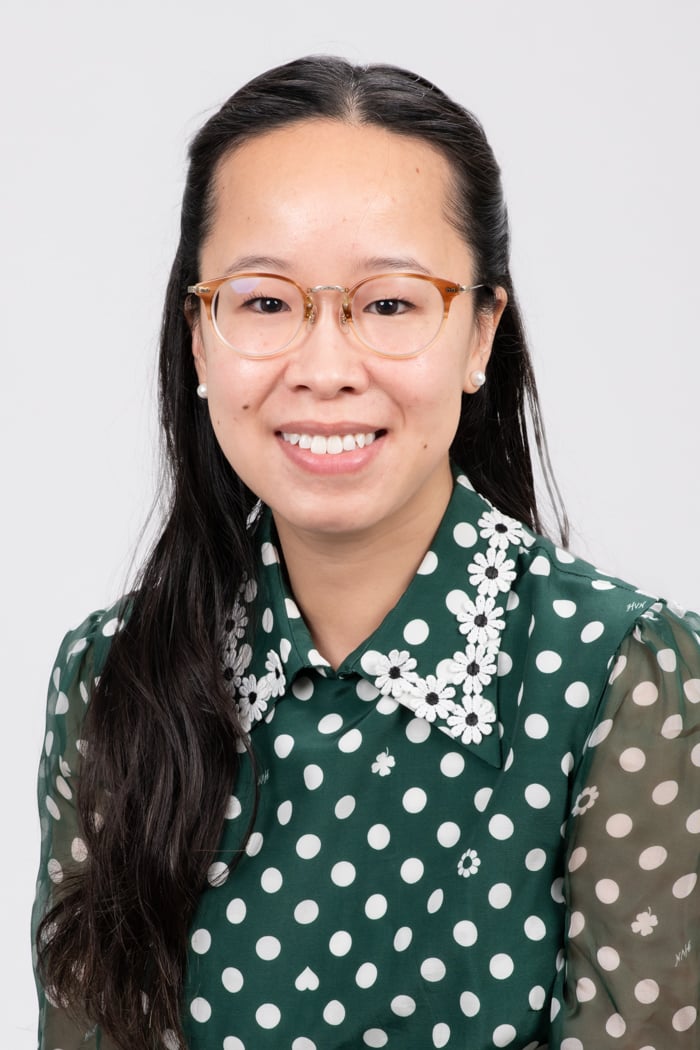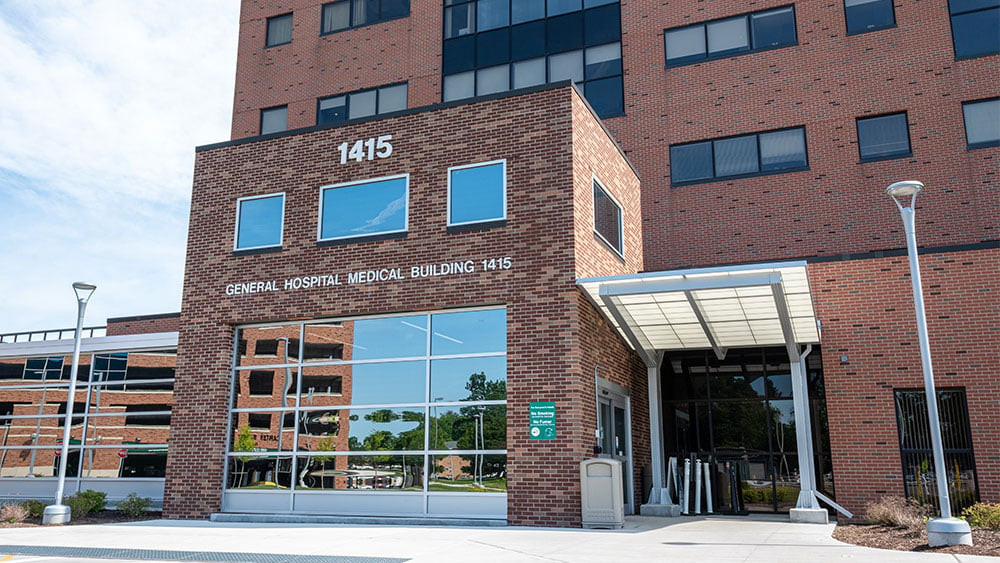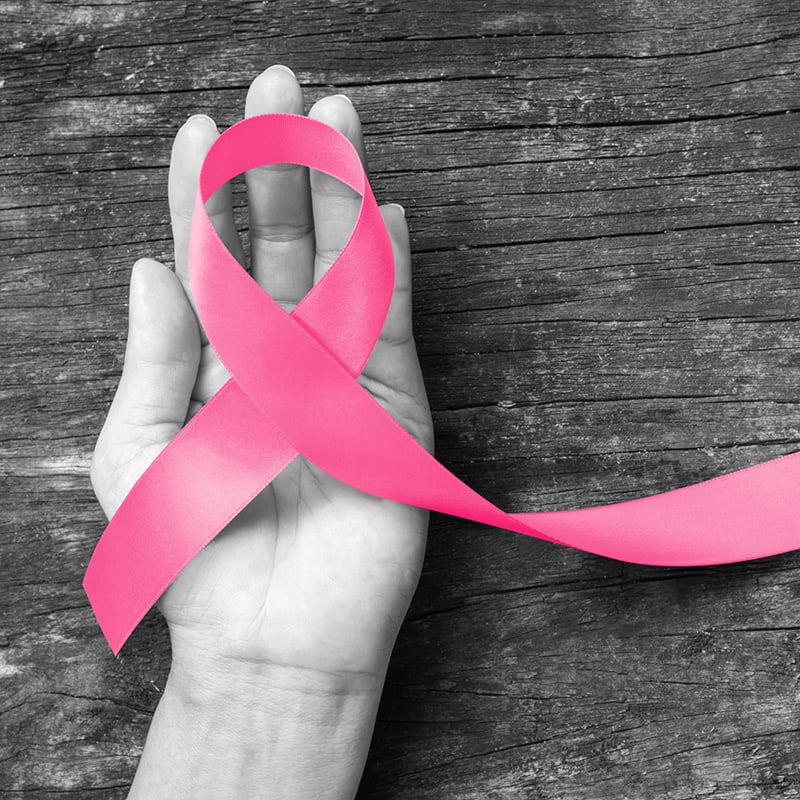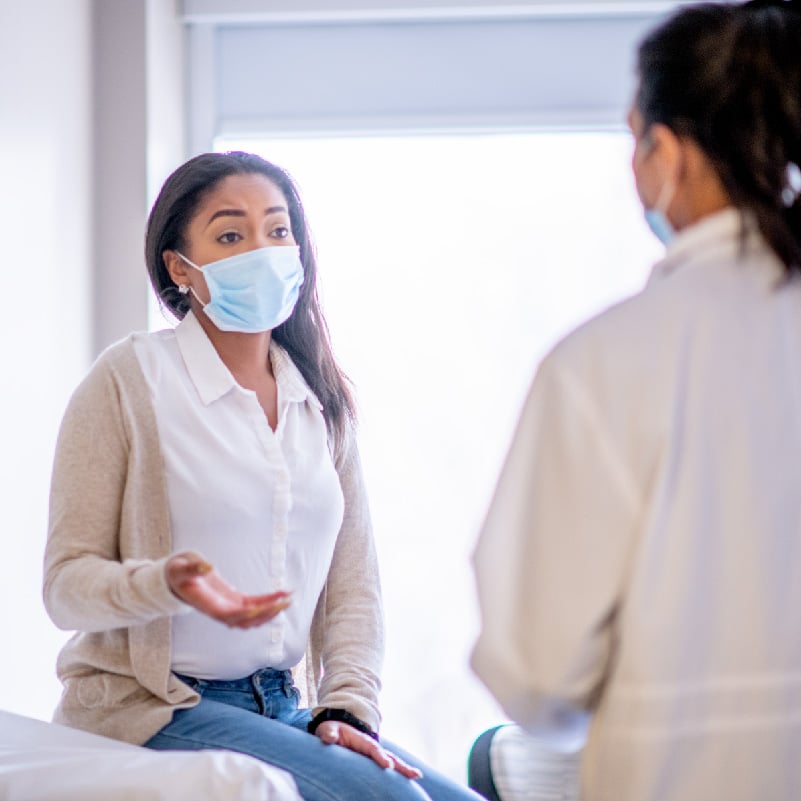Most women with breast cancer undergo some form of surgery following their diagnosis. Of those patients, estimates suggest as many as 50 percent choose to have breast reconstructive surgery.
Our breast cancer care teams work collaboratively with plastic surgeons to ensure every patient is well informed about the options available. Together, we work to help patients determine if they are ready for reconstruction – and what that might look like for them.
As a plastic surgeon with Rochester Regional Health, Mandy Flor, MD, sees patients before, during, and after breast cancer treatment. She shares the different types of reconstructive surgeries are available and how to set goals for breast reconstruction that will lead to positive physical and emotional outcomes.
Different types of breast reconstruction
At Rochester Regional Health, we offer several options for breast reconstruction. Breast reconstruction surgery falls under two main types: flap and implant. Depending on several factors – including but not limited to a patient’s overall health, cancer type, and breast size, some patients may only be eligible for one of these types of surgery.
Autologous breast reconstruction
Autologous breast reconstruction, also referred to as flap breast reconstruction, uses existing tissue from the belly, back, or thigh to recreate the breast.
Using the body’s existing tissue allows the breast to look and feel more natural, including getting bigger or smaller with weight changes. Multiple surgeries and longer recovery times are also factors to consider with flap procedures.
Implant breast reconstruction
Implant reconstruction uses a silicone implant filled with saline or silicone gel to recreate the breast. Generally, a tissue expander is placed inside the breast and gradually filled with air or saline solution until the breast reaches its desired size. The expander is then switched out for an implant, with additional procedures to improve the overall appearance of the breast. Multiple procedures may be needed to achieve the results desired by the patient.
Options to consider for implant breast reconstruction surgery include the types of implants used and whether to have immediate or delayed reconstruction surgery. Immediate reconstruction begins at the same time as a mastectomy; delayed surgery will start breast reconstruction months later. There is no major differences in outcomes with either approach.
If a patient changes their mind about breast reconstruction after starting the implant process, it is perfectly acceptable to tell their surgical team.
“After surgery, our goal is to have our patients look in a mirror and like what they see – whether it’s how they used to look or how their breasts look now,” Dr. Flor said.
Questions about breast reconstruction
If someone is unsure about any part of their treatment or the breast reconstruction surgery, it’s important to ask questions. Writing down questions or concerns beforehand to be prepared going in can be helpful.
Some common questions asked by patients include:
- Can I have breast reconstruction surgery?
- What type of surgery would be best for me?
- How long would the surgery and recovery take?
- Would my surgery overlap with chemotherapy and/or radiation therapy?
- Would there be more than one surgery?
- How much feeling will I have in my breast post-procedure?
- Will my insurance cover breast reconstruction surgery?
- If I choose a breast implant, how long will it last?
- Can I change my mind about having breast reconstruction?
When patients meet with a breast reconstruction surgeon for the first time, often they are in the midst of taking in a lot of information about their diagnosis and treatment. For this reason and many others, they may not be thinking what breast reconstruction surgery might look like. Dr. Flor says she encourages them to think about what they might want their breasts to look like after their treatment.
“I often ask them if they want their breasts to look the same, bigger, or smaller. If one breast looks different from the other one now, we can talk about having them look the same post-surgery,” Dr. Flor said. “There are different ways we can achieve a patient’s goals.”
If a patient is having a double mastectomy and does not want to have reconstruction (known as “going flat”), plastic surgeons can also help them achieve an aesthetically pleasing look, as well. The goal for the surgical team is to have each patient recover and feel good about how they look in the future.
“Some women come in after having undergone a mastectomy and don’t feel good about themselves or don’t feel confident,” Dr. Flor said. “But if there’s something I can do to make them feel better and or feel like themselves again, I’m happy with that.”











